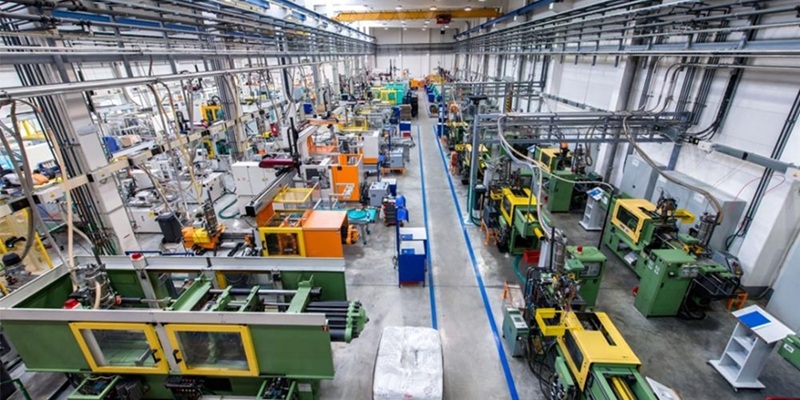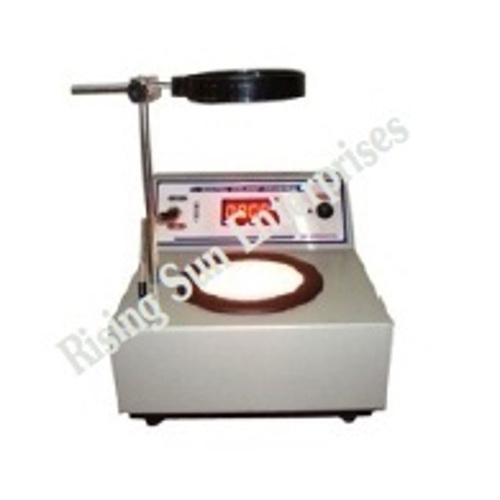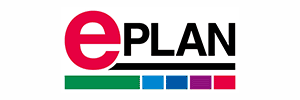Schedule a Call Back
How MNCs are strategising to capture market in India
 Articles
Articles- Aug 01,25

India has received a cumulative sum of $729 billion ($1,072 billion if reinvested earnings, equity capital and other capital are included) since 2000 as foreign direct investment (FDI) via direct equity flows up to March 2025, according to Bank of Baroda’s economic research department. Indeed, a substantial sum by any standard. Along with the FDI, many MNCs have also moved into India.
Global companies like Cummins, Schneider, Bosch, ABB, Hyundai, Samsung – the list is quite long. All these companies bring in their technologies which have been successful in western markets. These are then adapted to suit Indian conditions to produce products suitable for India. For example, passenger cars in India have a higher ground clearance.
A combination of adapted technology, and products of global standards are produced using India strategies. These are designed at the highest levels in the MNCs and executed at the ground level by their teams in India. Many such examples abound. For example, many German companies have opened up India operations where they extend the range of their German products. One such area is the bathroom and other household fittings. Cummins has designed new diesel engines to fit Tata trucks. Timken Bearings has designed a series of bearings for the use of Indian Railways. Same is the case with Schneider.
Schneider Electric is a France headquartered global leader in energy management and industrial automation, delivering innovative solutions that integrate cutting-edge hardware, software, and services. With operations in over 100 countries, the company empowers industries to digitize and automate their operations for greater efficiency, sustainability, and resilience. Upon its entry into India, it acquired the electrical division of Larsen and Toubro. This gave a direct entry to the company into the switchboard, circuit breakers, businesses etc in India. In the last few years the company has been upgrading its product range by embedding software, introducing automation, using the principles of Industry 4.0.
The global automation industry is undergoing a paradigm shift. With increasing demand for cost-effective, scalable, and high-performance solutions, the medium automation market has emerged as a critical battleground. Schneider Electric, a global leader in energy management and automation, recognised the need to pivot its strategy to remain competitive. ‘Easy Series’ delivers a range of energy management and industrial automation products that focus on core features to meet the needs of customers at a value price. The Easy Series products are intuitive to set up and use. The series includes essential product lines such as circuit breakers, UPS, metering, motion and drives, human-machine interface, PLC, and push buttons.
The Easy Series offer was launched in China in 2014 through the SE China HUB, with the goal of providing a competitive price-to-performance product to compete against, both Asian and local competitors. The Easy Series, originally launched in 2014, is now being revitalized to address the evolving needs of OEMs and end-users in sectors like pharma, packaging, and other machine segments in India and other markets. MNCs have a portfolio of products which they sell in different markets under different names and using different strategies. For example, the Toyota Kijang in Indonesia is the same as the Toyota Qualis in India (since discontinued). Toyota changed its strategy to sell Innova, then added Fortuner, then Etios, and then reached a badge-engineering agreement with Maruti. Currently, Toyota is selling about 40% of its cars from this arrangement.
Launching a new product is one of the most difficult actions by any corporate. It has ramifications in the market (customer acceptance, brand effects, secondary effects on other company products), inside the company (production by new machines, increased volumes, new quality control measures) and employees. A product launch has to be very carefully planned, using the NPI (New Products Introduction) stage-gate process, which has been the best practice for many years, designed on the lines of the famous Taichi Ono’s automobile design process in Toyota.
Indian markets are competitive and cost conscious. Disposable incomes are not the same as in other high per capita income countries, led by countries like Sweden, Canada and the USA. Infusing new tech into Indian products pose special challenges. First, the automation levels in India industries are not the same as in the west. While some companies use automation in their production lines (good examples are the auto industries like Tata Motors, Maruti, Hyundai, Toyota Kirloskar, to name a few), most others are yet to do significant work.
Second, the lack of good quality electric power (of stable frequency and voltage) is a handicap, faced especially by IT companies, which affects the continuity and product quality. Third, due to the low levels of literacy in India, customer education and awareness are yet to evolve. For example, all western products are accompanied by voluminous operating manuals. These need a modicum of knowledge and reading ability for effective marketing. And so on. Thus, the introduction of newer tech into Indian products is often a risky exercise, to be overcome by careful planning and continuous monitoring.
GPS based devices have played a key role in the performance monitoring of new products. Embedding sensors into products can help remote monitoring and repair. Many companies, like those which sell laptops, can do repairs and other types of maintenance remotely. Many MNCs find that they need to re-establish their brands in India as a preferred brand. They need to do this by Outperforming second-league competitors through value-driven offerings, expanding market presence across key verticals and geographies. In the case of Schneider, it was also found that the company needs to defend its leadership in the optimum motion segment by delivering a one-stop automation solution from low-end to high-performance machines.
Many MNCs and several large Indian organisations use advanced methodologies to create the marketing heft need to either introduce or reposition products in the market. The primary research – secondary research methodology, taught in B Schools like the Bhavan’s SPJIMR in Mumbai, is used to ensure success. Companies like Cummins, BPCL, Schneider, Medtronics, L&T, Thermax, all use this method. Using this method enables these companies to make Informed product development decisions, develop a robust go-to-market strategy, define target market segments and customer personas, identify key competitive advantages and develop differentiation strategies and set realistic and achievable business goals.
Using this process, companies are able to address the present day key goals like: sustainability, scalability, advance stakeholder values, enhance their brand values and strengthen their corporate positions in India. For example, Cummins has brought many of its business to India from western locations. Same is the case with Siemens, ABB, Schneider. Even global consulting companies have set shop in India, and, in the past several years, they have been the main recruiters on the campuses of leading B Schools in India like IIMA, IIMB, IIMC, IIML, IIMK and Bhavan’s SPJIMR.
A typical example is that of Schneider and its launch of ‘Easy Series’. At the end of the launch, Schneider found that the “Amplify Motion - Go Easy, Grow Easy” initiative is a textbook example of how strategic agility, customer insight, and execution excellence can turn around a struggling product line. Schneider Electric’s renewed focus on medium motion automation is not just a tactical move—it’s a strategic imperative that positions the company for long-term growth in a highly competitive market.
As the automation industry continues to evolve, Schneider Electric’s journey offers valuable lessons in market adaptation, innovation, and stakeholder alignment. The road ahead is promising, and with continued investment in R&D, digital channels, and customer engagement, Schneider Electric is well on its way to achieving its 2X growth vision by 2027.
Today, the Indian MNC scene is changing vastly, with many new ones setting up shop in India. With China becoming less attractive, India is becoming the go to place. The steep jump in the manufacture and export of iPhones is a story of such a success. And is awaiting replications in many others.
About the authors:
R Jayaraman is the Head, Capstone Projects, at Bhavan's S P Jain Institute of Management & Research (SPJIMR). He has worked in several capacities, including Tata Steel, for over 30 years. He has authored over 60 papers in academic and techno economic journals in India and abroad. Jayaraman is a qualified and trained Malcolm Baldrige and EFQM Business Model Lead Assessor.
Firoz S Richdiwala is General Manager, Global Marketing, Schneider Electric. This article has used research materials from the Capstone Project done by Richdiwala in his Post Graduate Executive Management Program degree course at Bhavan’s SPJIMR, Mumbai.
Related Stories

Concord aims to position India as a global hub for advanced railway tech
In this interview, Gaurav Lath and Nitin Jain, Jt Managing Directors of Concord Control Systems, discuss factors driving demands for India’s safe, smart, and sustainable railway solutions.
Read more
Progota Receives RDSO Clearance for Kavach 4.0, Advancing Rail Safety
With the grant of RDSO Technical Clearance, Progota has officially been approved to execute its current trial order from South Central Railway.
Read more
Igus expands readycable portfolio with new cables for industrial camera tech
Ready-to-connect, durable and tested cables with Keyence plug-in connectors increase the reliability of vision systems.
Read moreRelated Products

Digital Colony Counter
Rising Sun Enterprises supplies digital colony counter.
Robotic Welding SPM
Primo Automation Systems Pvt. Ltd. manufactures, supplies and exports robotic welding SPM.

Heat Exchanger Scale Removal Compound -hesr-300
Hi There!
Now get regular updates from IPF Magazine on WhatsApp!
Click on link below, message us with a simple hi, and SAVE our number
You will have subscribed to our Industrial News on Whatsapp! Enjoy
















